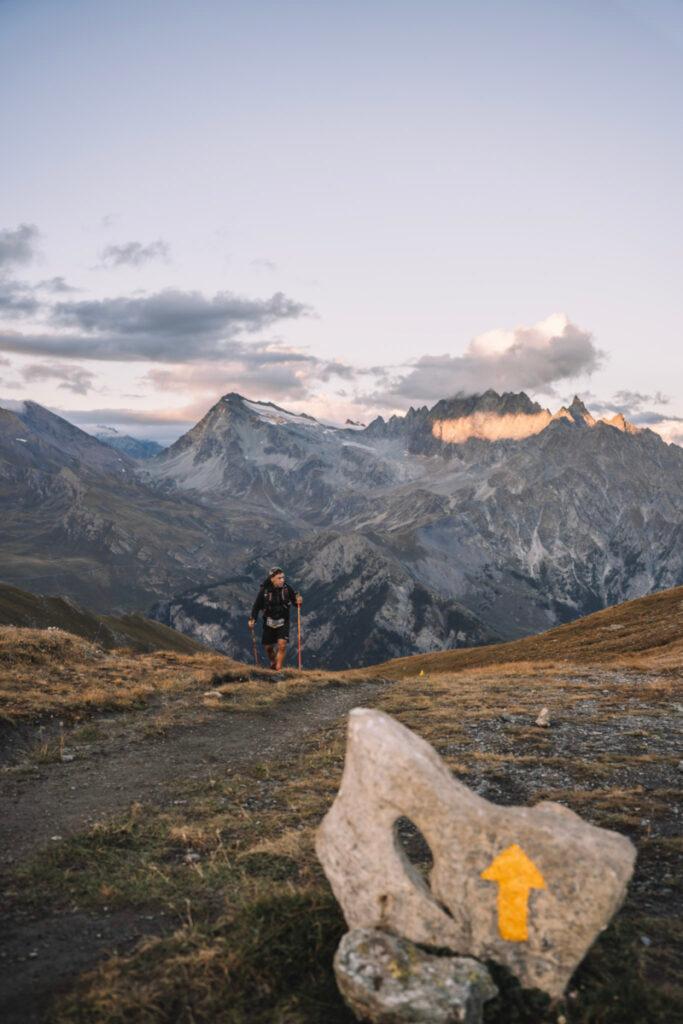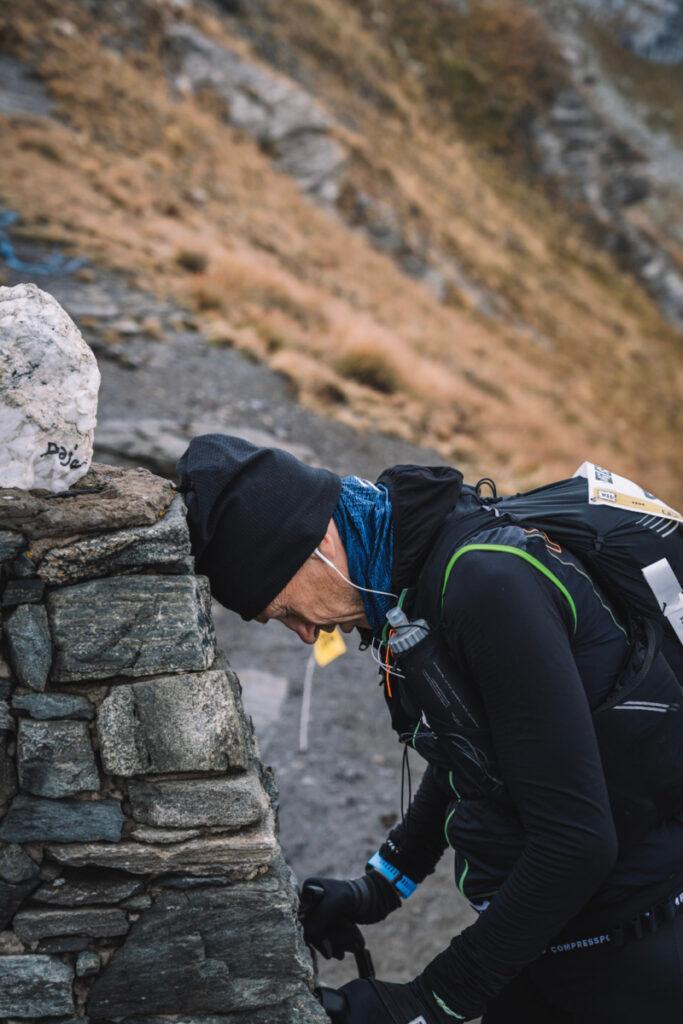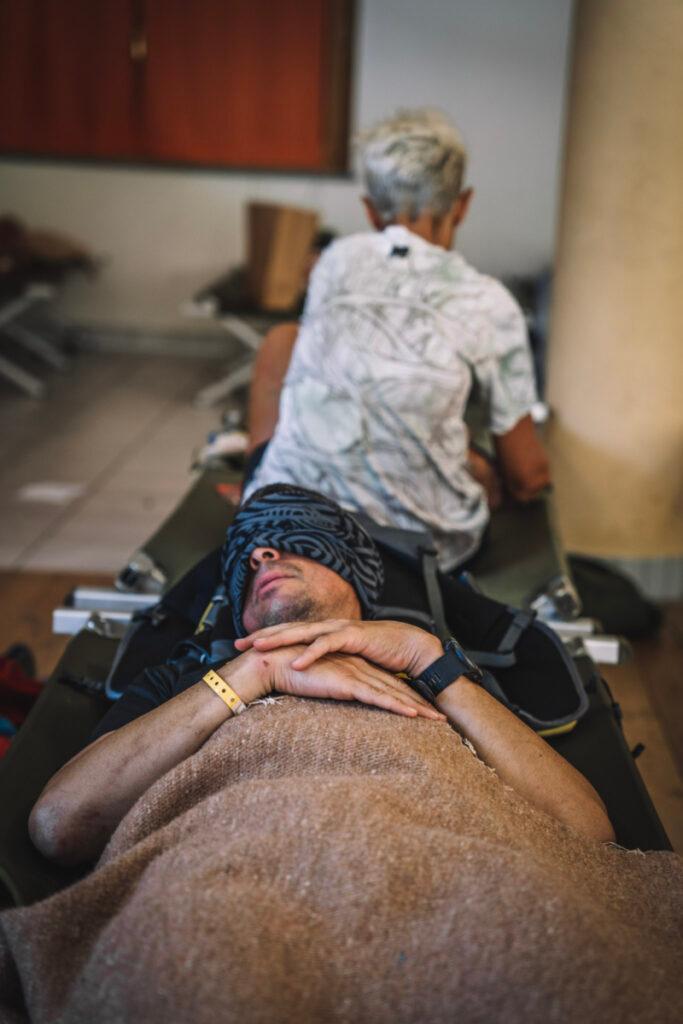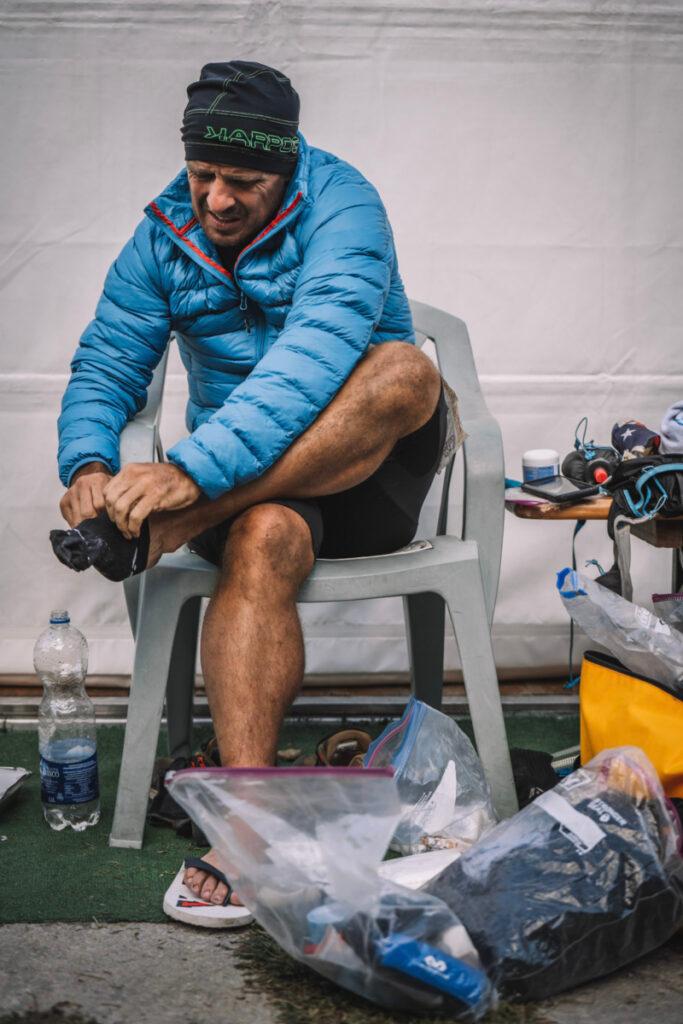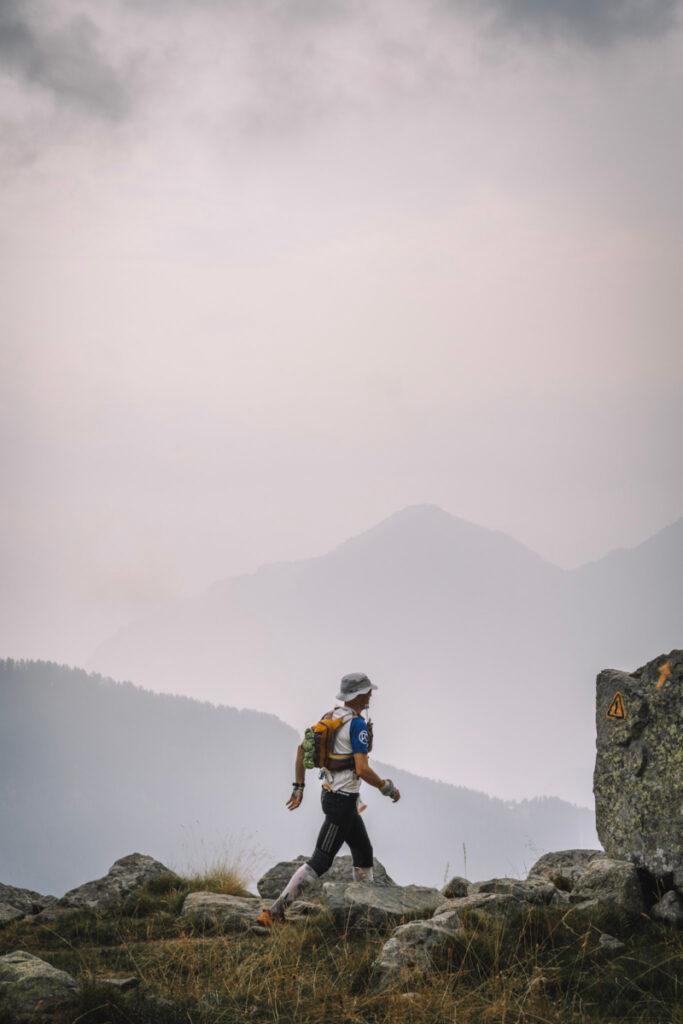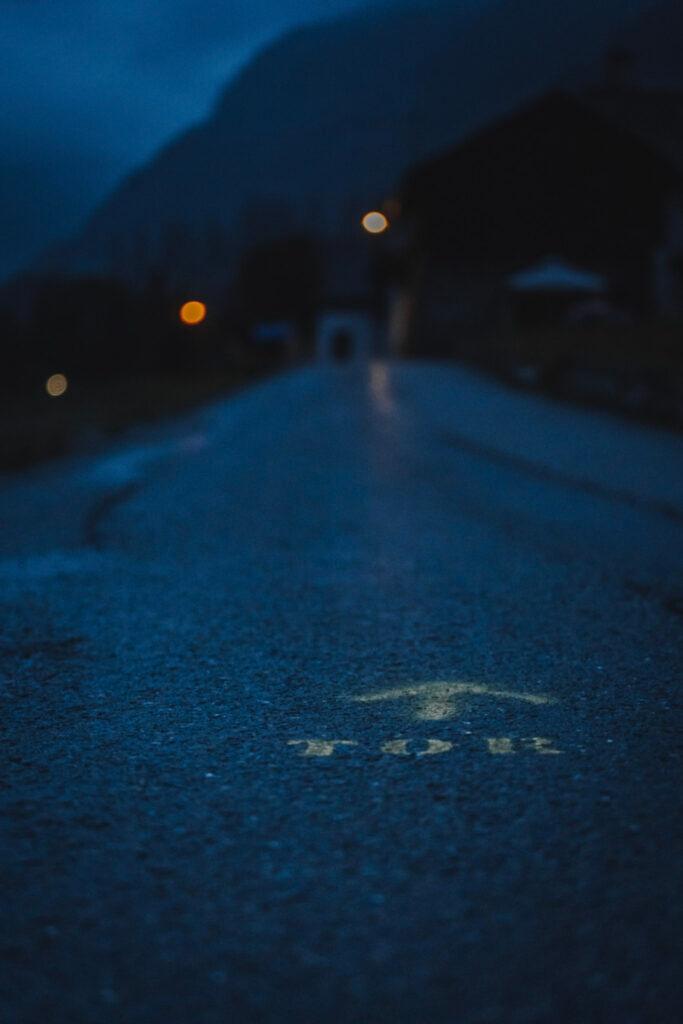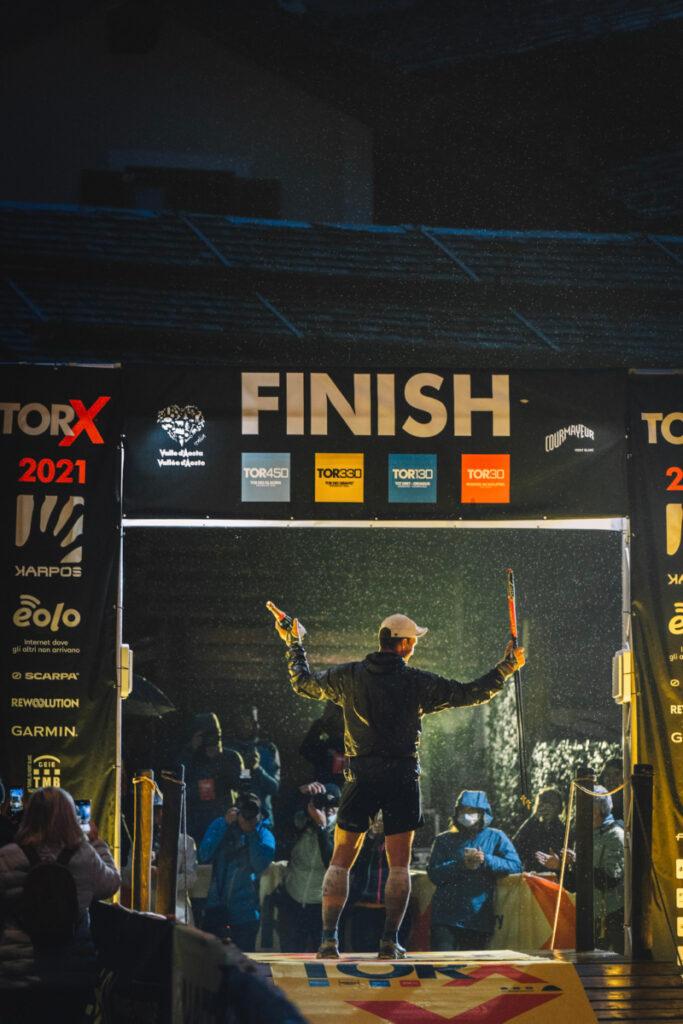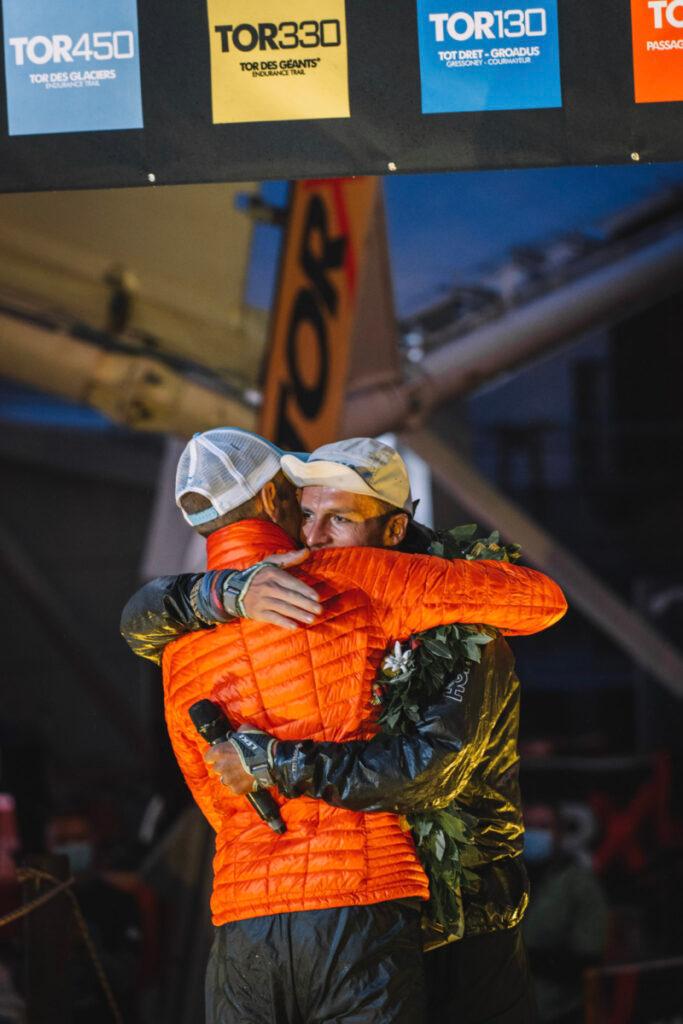
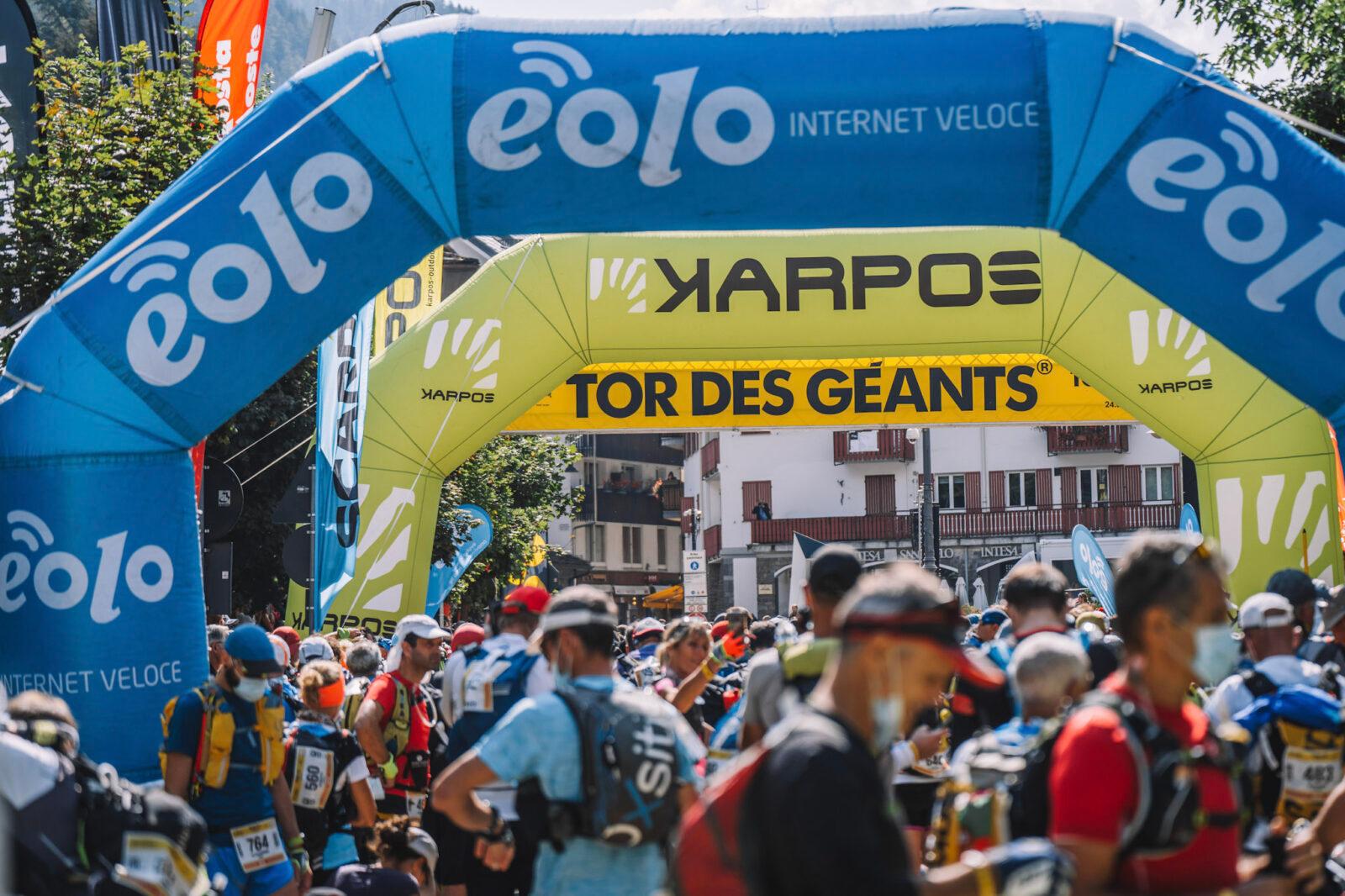
How Tor des Géants® Manages Emergencies on a 330 km Race
The Tor des Géants® (TDG) circles Italy’s Aosta region, and accumulates 24,000 meters of ascent. There are no stages– it’s one, big, continuous push! Participants choose when and where to rest, and for how long.
“TDG” or “Tor” as it is nicknamed, pushes participants to their limits.
Alongside the TDG, the Valle d’Aosta Trailers (VDA Trailers) run three other races: the Tor des Glaciers (450 km), the Tot Dret (130 km), and the Passage au Malatrà (30 km) making up the TORX collection of races. Since the 2010 first edition of the TDG, 11,643 mountain runners have participated in TORX races. During this time, there has been one death – 43-year-old Yang Yuan, who died during the 2013 edition of Tor des Géants. What emerges from the data overall, however, is a remarkable safety record. Given the number of participants and the level of their sleep-deprivation and (at times) near exhaustion, many readers might find it surprising that more fatalities have not occurred.
How has the Tor organization managed to keep nearly all runners safe? To answer this question, Run the Alps visited the VDA Trailers headquarters this last September, during the races, and spoke with the organization about what it’s like managing risk and answering emergency calls.
Preparing Before the Race
The organization’s safety work starts well before the runners set out on their adventures. The team at VDA Trailers start by contacting local services, who play an essential role in managing race emergencies. Aosta’s Mountain Rescue, the Soccorso Alpino Valdostano, supports the race with three helicopters and fifteen mountain guides. Meanwhile, the head of Aosta Valley’s 118 Emergency Services, Luca Cavoretto, gathers about thirty doctors and sixty nurses. Dr Cavoretto explained to us, “Before the race begins we have to draw up a complete healthcare plan, for which I am personally responsible, that has to be submitted to the police commissioner for approval.” The medical teams are posted at aid stations around the course, alongside sixteen rescue workers and logistics operators. Plus, every “life-base” and first-aid unit is stocked with defibrillators and other medical equipment.
Leading up to the race, the team of mountain guides examine all the TORX paths. They check the safety of equipment (for example, fixed chains and metal steps), and make sure the trail markers are as clear as possible. Of course, weather is a big concern. “There are different levels of bad weather,” explained Massimiliano Riccio, Press Manager for VDA Trailer, “So we have a Plan B, Plan C, Plan D, and so on.” As was the case in the 2022 edition of Tot Dret, route variants are used if the race needs to avoid high-altitude, snowy passes. Helicopters are on standby in case of sudden, unanticipated storms, like the one that hit China’s Gansu Ultramarathon in 2021, killing 21 participants.
Tracking Athletes During the Race
Athletes who choose to wear GPS trackers can be monitored throughout the race. Their GPS points are displayed on a big screen in the Aosta headquarters. If an athlete stops between check points for a long time, or starts going in the wrong direction, the logistics team will try reaching the participant on their registered cell phone number. If the athlete doesn’t answer, the team will send out a mountain guide.
However, as Riccio told us, GPS trackers “are not always the answer.” For one thing, they’re obligatory only for the Tor des Glaciers, so many athletes choose not to wear them. On top of this, their batteries are not always reliable, and their signal can be affected by storms that bring dense cloud cover. This is where predicted times come into play; if an athlete takes longer than expected reaching a checkpoint, the logistics team will call them or send out a guide.
Managing Emergency Calls During the Race
All the emergency calls are monitored in the race’s Aosta, Italy headquarters. There, they have a dedicated phone line for calls from runners. VDA Trailers has another phone line for service workers at aid stations, and they have a radio connection for service workers to report participants who are leaving a race. When news comes in that an athlete has exited a race, the team at headquarters writes the athlete’s bib number on an easel pad set up in the middle of the office. They use four different colored pens to represent the four TORX races.
For emergency calls and rescues during the race, international mountain guide Lucio Trucco is one of the point people taking calls and coordinating rescues.
“We always have two or three people staying [at the Aosta headquarters] day and night, organizing everything related to the athletes. This team is available for the athletes to call if they need help,” explains Trucco. “We try to understand where they are, what’s happening, and what they need. Most calls are simply related to participants being tired. They need a short call with someone who is positive, so they can continue to race. Maybe after two hours everything is good again for the runner, but at the particular moment that they call, it’s not easy.”
Sometimes the team has to dispatch a helicopter rescue, and Trucco is ready to make that call if he needs to. “If you fell down and broke something, it’s a rescue. If you fall distance of two, three, ten meters, it’s a big rescue. If you tell me you have a problem with your hand, okay, perhaps that’s not as big a problem.” The average number of helicopter interventions during the course of all the races each September is around a dozen, but apart from Yang Yuan’s case, none of these have been fatal.
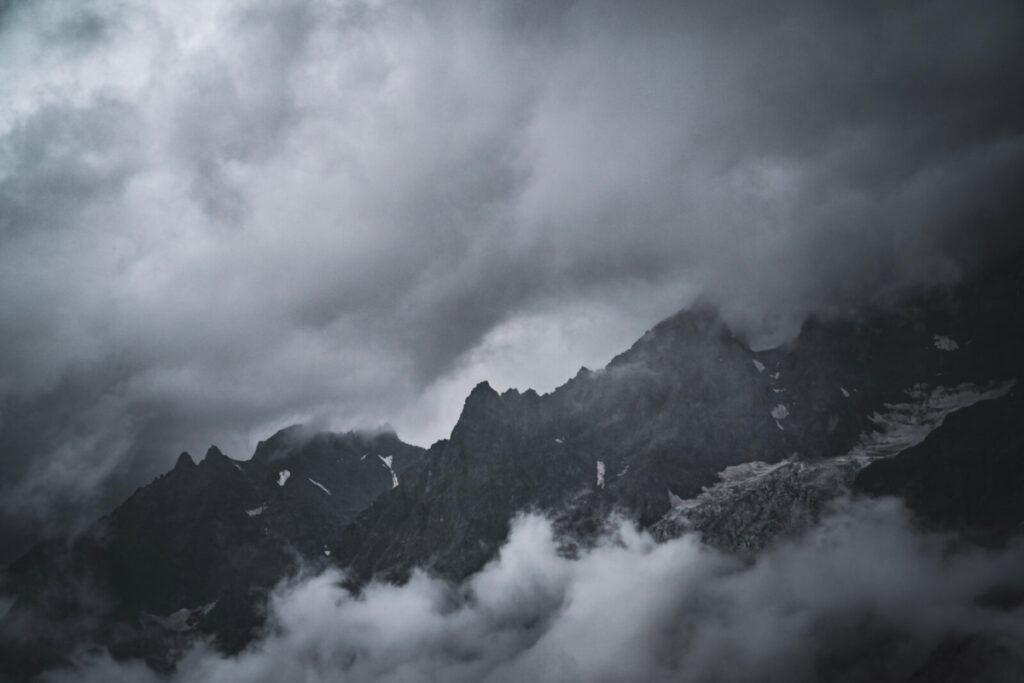
The Loss of Yang Yuan
Despite all this preparation, the mountains are still the mountains– meaning, accidents can and do happen, and sometimes the results can be fatal. The 2013 loss of Yang Yuan is a reminder that accidents happen, even when so much has been done to avoid them. Trucco remembers being one of the emergency mountain rescue team to reach the Chinese runner Yang Yuan.
“It was raining in the night. I don’t know why he fell, but he tumbled two meters and then kept rolling down. When he stopped, he had some bad head trauma. I was the first one there. I put him in a tent and the doctor and everybody else on the team arrived, but after one hour, he still wasn’t conscious. It was very sad. We did everything possible.”
Yuan’s body was repatriated to his family. Now, at Col de la Crosatie, the place where Yuan took his fatal fall, the organization has placed a commemorative cairn. The cairn has the text that Yuan sent to the organization a few days before the race — on each side, it’s translated in a different language: Chinese, Italian, French, and English.
The text reads:
We keep dreaming, day after day we wait, full of expectations.
Together with friends from all over the world we meet in the Alps bringing blessings that come from afar.
The Great Wall greets the Alps, China and the world join hands. We will go on running day and night, breathing deeply the scent of nature, intoxicated by the spectacular scenery along the way. Quiet, without the noise of cars and trains we run far towards the sky.
We chase the sun, and accompanying the moon we cross the wind and the rain, we look at the glitter of the thousands of houses downstream. We run far, we sing along the way. Stronger in the body and more purified in the spirit.
Love for nature makes us love life and so we continue to advance without stopping, with double the courage and confidence. We will have an amazing journey sweating and persevering with all our friends.
Happiness and freedom will live forever in our hearts
Yang Yuan, Liu Yumei
As the saying goes, one death is one too many. But given the extreme nature of Tor des Géants, the organization’s safety record seems generally quite impressive. Let’s take a look at more typical medical challenges that happen during the TORX series of trail races.
Typical Medical Issues during Tor des Géants
The severity of Yang Yuan’s accident is not the norm. However, the emergency and medical teams are still busy over the ten days of the Torx series of races. It’s hard to say exactly how many medical interventions occur each year, because VDA Trailers does not document many smaller treatments, but Riccio told us that, “more or less, every runner [in Tor des Géants] sees a doctor at some point.” Athletes regularly trip and fall, often just receiving bruises and scratches. Serious blisters are another issue that require treatment. Overall, the most common interventions involve joint or muscle problems, bone breaks, respiratory problems such as bronchitis, fever, or gastric problems.
After these medical treatments that are so common during an ultramarathon, the remaining interventions are often a result of adverse weather conditions. Riccio told Run the Alps about a rescue mission in 2022. Near the close of Tor des Géants, heavy snow fell up at Col Malatra. A team of mountain guides tried to shovel a route through the pass, and were working through the night. Eventually, at around 5AM, they decided to cancel the Passage au Malatrà 30 kilometer trail race. “Sometimes it’s a difficult decision,” Riccio said, “and that year, there were around 500 runners who had to stop. But,” he continued, “our approach is always safety first. That’s the most important thing.”
By prioritizing the safety of its participants, and coordinating a variety of experts, the TORX series of trail races is an example of how to manage emergencies during a complex series of races over a wide range of mountainous territory.
Read more about Tor des Géants® from the Run the Alps archives:
Here’s the Research Scientists have Done on Tor des Géants Runners
Meet Ivan Parasacco, The Philosopher King behind Tor des Géants
Edition Zero: Behind the Scenes Developing Tor des Géants
Running Tor des Geants: Courage isn’t Always Quite What it Seems
The Faces of 2021 Tor des Géants
